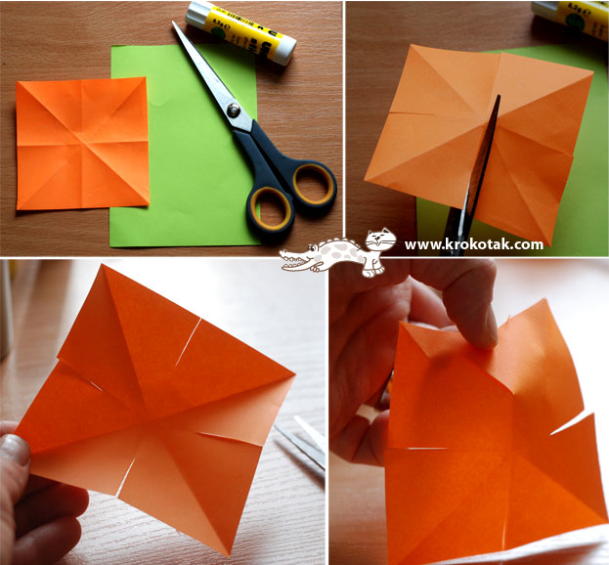Child Development and Block Play
Block play provides an opportunity for building spatial math skills for children. Counting, equality, addition, subtraction, planning, patterns, volume, classification, area and measurement will be learned. When a parent engages with their child in block play if provides teaching moments for social skills, language and exploration.
Activities and Ideas
Make your own blocks
Gather standard boxes (milk cartons, capri sun, etc.) and cover them with wrapping paper or contact paper. Allow your child to guide the activity and discuss the sizes as you create the blocks.
Invest in a good set of unit blocks
Get sturdy, hardy blocks that will last a very long time. Having a designated shelf or spot for the blocks so your child will know their spot and where to clean them up.
Create your home
Go on a walk and point out the different houses in your neighborhood. After sit with your child and talk about the structure of your home and build it with blocks.
How many blocks high am I?
Put block in a basket and stand up a doll or stuffed animal so children can see it. Ask them, "How many blocks tall is the doll (from her head to her toes)?" Ask your child to remove from the basket the number of blocks he/she thinks the doll is tall. Lay the doll on the floor and lay the blocks next to it to check their guesses. Ask the child to add or subtract blocks to adjust to the height of the doll. You can also do this with your child's height.
The Chain Reaction
With your child, set blocks on end in line, one after the other. Space the blocks like dominos for the effect if one block is moved that it creates a chain reaction. After, ask your child to predict what will happen when the first block is pushed.
Roads, Train Tracks, and Tunnels
Give your child blocks and assist in creating roads, train tracks for mini cars/trains. Cut round boxes in half to create tunnels.
Knock 'Em Down
Use margarine tub containers, and have your child stack them and know them down. Kids loce the drama and repetition of this activity.
Name it
Ask your child to write their initials or first name using alphabet blocks instead of paper and pencil. Stretch it out across the whole room.
Block Maze
If you have a small animal (hamster, etc.) have your child build a block maze, house that they can run around in.
Stuffed Animal Homes
Have your child build a block home(s) to fit their variety of stuffed animals.
Ramp it
Help your child create a variety of ramps. Roll small balls down the ramp.
Mirror Images
Get a table-top three-way mirror. Encourage your child to build with small blocks in front of the the mirror. Children learn the concept of reflection and can use it to build their block design.
Making Patterns
Give your child a variety of colored blocks with different shapes. Create a pattern for your children to mimic.
I Spy a Block
Place a variety of blacks on the floor. Encourage your child to describe the blocks. Use characteristics that help your child to focus on the shape, color, or size. Example: "I spy a triangle block. Where is it?"
Source
























.JPG)






